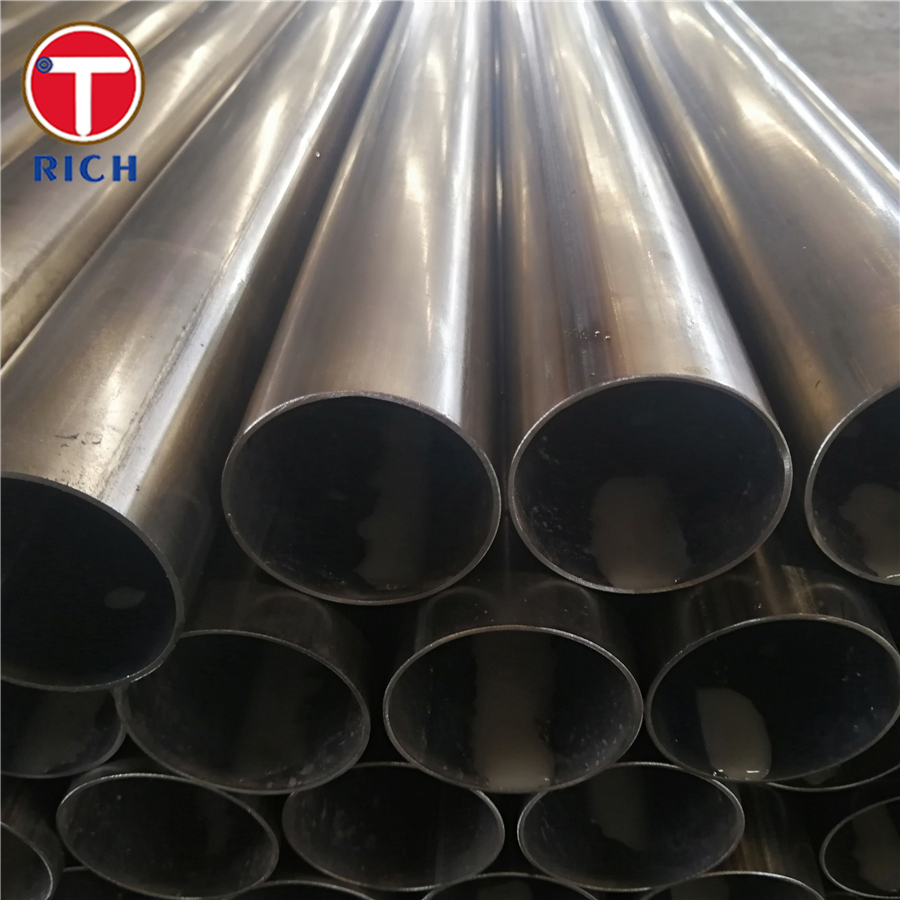
Mr. Richard SHEN
Leave a message
Mr. Richard SHEN
Leave a messageSteel pipes are commonly used in various industries due to their strength, durability, and versatility. One crucial aspect of working with steel pipes is the welding technique employed, as it directly impacts the integrity and reliability of the joint. In this article, we will explore three key questions regarding the best welding for steel pipe and provide insightful answers to draw a conclusion.
The welding technique chosen for steel pipe largely depends on the specific requirements of the application, the type of steel being used, and the conditions the pipe will be subjected to during its service life. Here are three commonly used welding techniques for steel pipe:
ERW is a popular welding method where the edges of the steel pipe are heated and forced together, creating a joint. This technique is commonly used for pipes with a diameter of up to 24 inches. ERW offers good overall strength and is cost-effective.
SAW involves creating a weld by feeding a consumable electrode beneath a layer of powdered flux, providing a protective layer during the welding process. This method is well-suited for thicker-walled pipes and ensures deeper penetration, resulting in robust welds.
GMAW, also known as MIG (metal inert gas), uses a continuous, consumable wire electrode and shielding gas to create the weld. It is widely used for steel pipe welding due to its versatility, speed, and ease of automation. GMAW is suitable for pipes of various thicknesses.
When it comes to determining the strength of a weld, it depends on several factors, including the welding technique, proper preparation, and skills of the welder. However, a few techniques tend to provide stronger welds for steel pipe applications:
The cost-effectiveness of a welding method is essential, especially for large-scale projects. Various factors influence the overall cost of welding, such as labor, equipment, consumables, and preparation time. Based on these considerations, the following welding techniques are often considered cost-effective for steel pipe welding:


Privacy statement: Your privacy is very important to Us. Our company promises not to disclose your personal information to any external company with out your explicit permission.

Fill in more information so that we can get in touch with you faster
Privacy statement: Your privacy is very important to Us. Our company promises not to disclose your personal information to any external company with out your explicit permission.